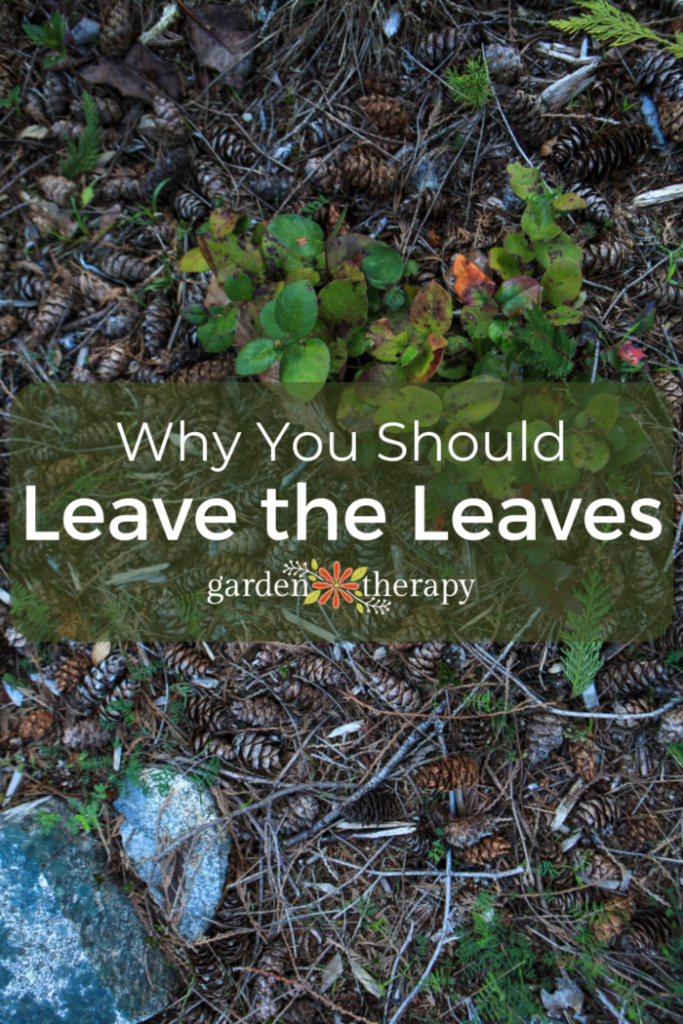Fall is here, and the leaves are coming down. This means it’s time to begin raking leaves, right? The answer may not be so cut and dry. The popular choice is to rake the leaves into a pile, while the other option is to leave them alone. Spoiler alert, I’m on team leave the leaves!

My style of gardening isn’t for everyone. It became quite apparent when I sold my home last year. I had help staging the inside, but when it came to the garden, I told the realtor it was perfect. They took one look at the mulch in my garden and suggested we add a layer of soil. People want to see soil, not wild mulch.
I immediately put my foot down. My garden was covered in a layer of mulch from my chop and drop practices. Everything that grew in the garden decomposed in the garden. The result was 3 inches of thick dropped plant material. In my opinion, it was one of the best parts of the garden.
Now, I don’t know what the new owners eventually thought about it, but I never had a gardener comment on the mulch ever. I just hate seeing natural plant material go to waste! The idea of leaf raking occurring in my garden terrifies me. If the garden were left as is, the new owners would have some of the best soil around.
So today, I wanted to talk about raking leaves and other best practices regarding leaf mulch in the garden.
This post will cover…
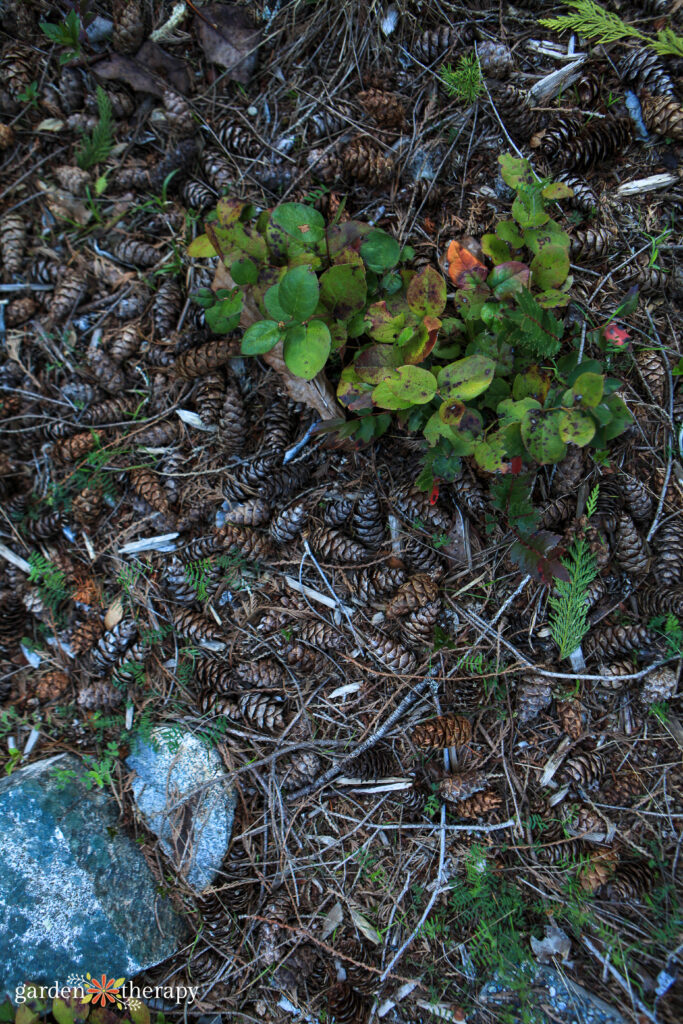

Why Should You Leave the Leaves?
When the trees start changing colour, everyone starts raking leaves to clean up the “mess” from these trees as part of their fall gardening checklist. But, in reality, they’re hurting the little ecosystem of their garden! These leaves are vital to the wildlife in the garden.
Yes, I’m talking about the good bugs. Many native insects (including the fan favourite ladybugs) hibernate in the leaves or leave behind their eggs. When those insects emerge or hatch from the leaves, they also provide food for the first birds arriving back north.
Mulching is highly regarded as an essential part of soil insulation, deterring weeds, retaining soil moisture, preventing soil erosion, and nourishing the soil.
This wisdom comes straight from the forest. Plant materials such as leaves, bark, and seeds drop to the ground in forests and other wild spaces, where they create a carpet of plant materials that decompose to nourish and build up the soil below.
In home gardens, we are taught to remove the plant debris that creates this carpet, and we are then left with bare soil around our plants that dries out quickly and invites weeds to take up residence. Mulching replaces this essential layer in the garden.
At Halloween, the scariest thing for me to see is not all the spooky ghosts and goblins. It’s the bags of raked leaves with jack-o-lantern faces some call decorations! The worst thing you can do is send these leaves to the landfill.
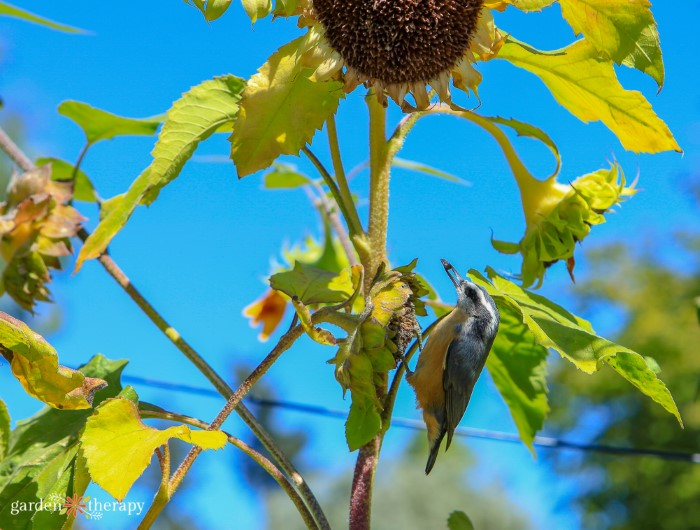

What Happens If You Don’t Rake Your Leaves?
If you don’t rake your leaves, you’ll end up with a garden like mine! I know many people shudder at the idea of having leaves cover their garden and lawn. But there’s definitely a way to get the best of both worlds.
You can sweep off any leaves from the sidewalk or porches. Push piles of leaves into garden beds where they will decompose best. Don’t worry about raking leaves to other places in the garden, but try not to get rid of them altogether!
The result is a garden that is more in tune with the way mother nature intended it. You’re allowing the plants that came from your garden to return to your garden the same way they would if you weren’t there. You’ll have a garden full of nutrients and natural mulch.
Is Mulching Leaves Good for Your Yard?
Leaf mould consists of partially shredded and chopped leaves and is a highly nutritious organic material. So yes, it’s amazing for your yard! Leaves and chopped-up clippings are excellent for compost since they decompose and break down easily. You don’t need additional greens or browns (see my compost recipe to know what I’m talking about here).
I like to use leaf mulch in the vegetable garden in particular, as it adds plenty of nutrients back to the depleted soil. You can add it anywhere that doesn’t naturally get much mulch.
To mulch your leaves, rake the leaves into a pile. Make sure not to include any with pests, diseases, pesticides, or herbicides. Let the pile compost. After a few weeks, you can chop it up further with a lawn mower or clippers into smaller pieces.
Scatter the mulch in the garden, focusing on the base of plants. This adds a layer of protection for the winter. You can also add it to an existing compost bin to help speed up the breakdown of the compost.
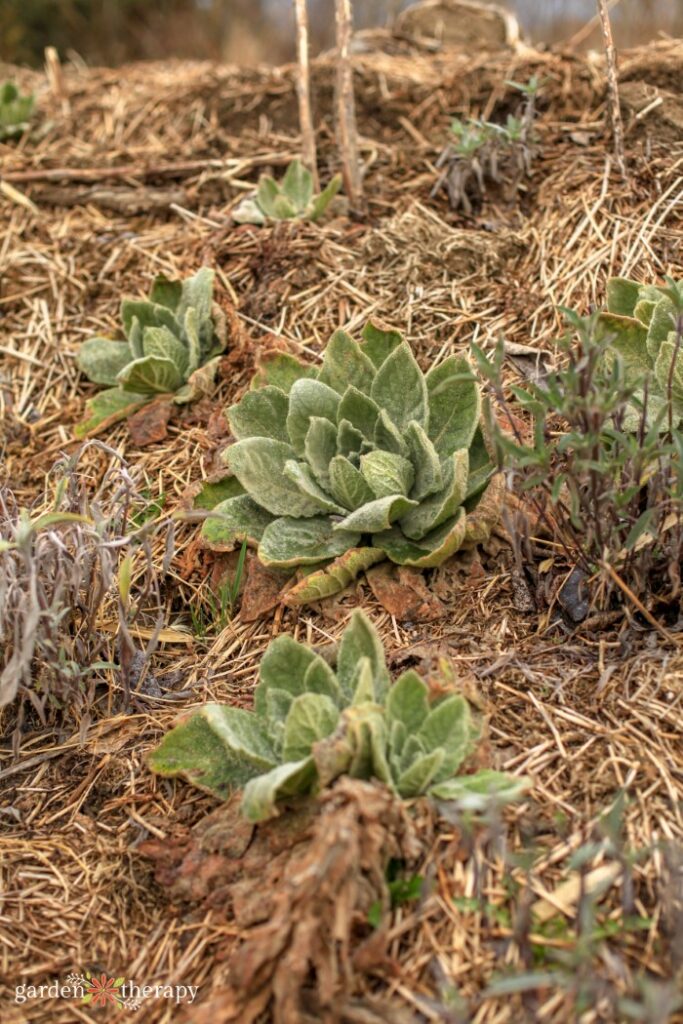

Is It Okay to Leave Leaves on Grass?
Some claim that not raking leaves means you’ll suffocate your lawn. It will get less water, sunlight, and air circulation. But this really isn’t the case!
Whether it’s the lawn or the garden, leaves will decompose and actually improve your lawn by providing free fertilizer. It’s the exact same case with grass clippings.
If you have lots of trees that dump leaves on your lawn or just don’t like the look of a messy lawn, you can mow over the leaves. Leave the leaves where they are and take a lawn mower with the mulching blade on once a week.
If there is an especially thick layer of leaves, you’ll want to thin it out or chop it up with the lawn mower, especially if you live somewhere with snow. The moisture can get trapped between the leaves and grass, creating mould and fungal growth.
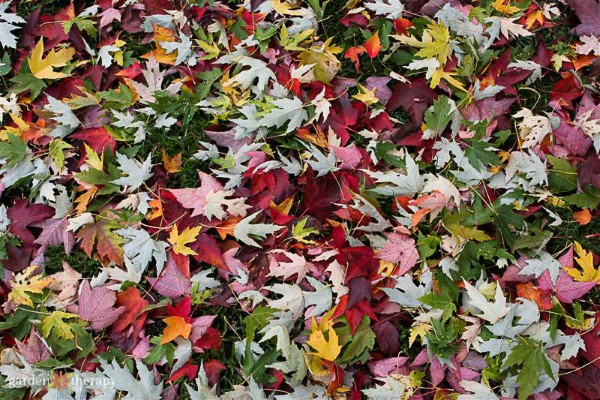

Spring Care for Leaves
When you mulch with leaves, there’s a little more you can do in the spring to kick off the garden. Rather than removing any of those still decomposing leaves, top dress the leaf mould with some fresh compost. As it breaks down, it continues to feed the soil and gives your plants an extra boost to get ready for the growing season.
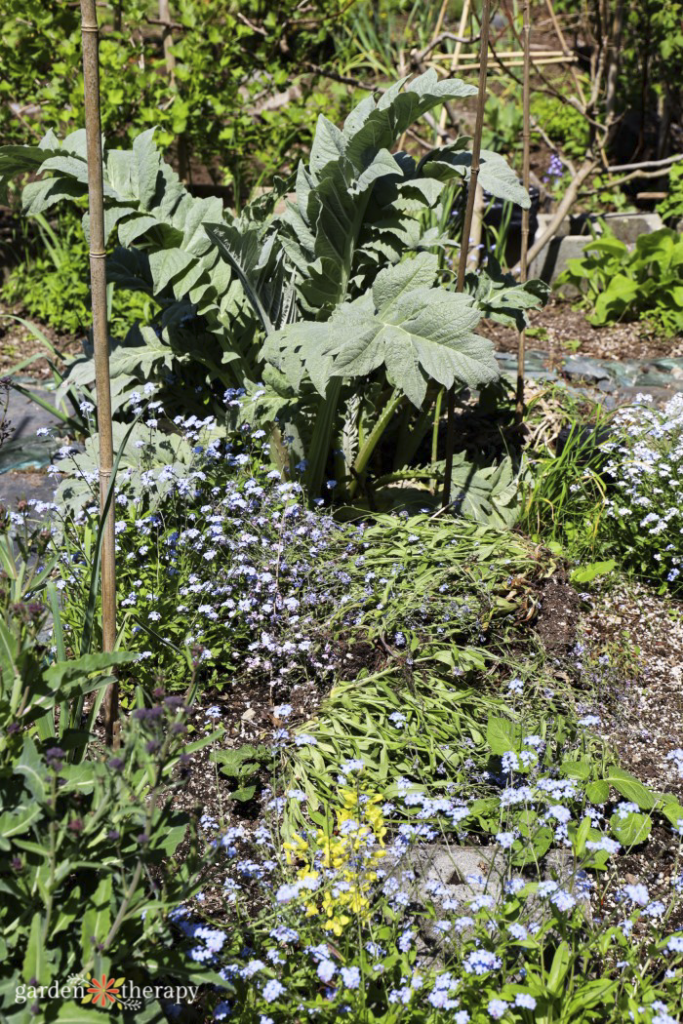

Frequently Asked Questions About Raking Leaves
Yes! Leaves actually break down rather quickly. They’re highly nutritious materials that can be added to the garden the same way you would add compost.
Definitely. They’re carbon-rich and will act as free fertilizer for the yard. To keep things tidy and allow the leaves to easily decompose, you can go over the leaves with a lawnmower instead. This creates leaf mulch that will return to the soil and help nourish it and deter weeds.
Don’t rake leaves! The only time I would ever rake leaves is to push them into the garden. Leaves should stay in the same garden they came from! Raking leaves can help tidy up the garden and push the plant material off of lawns and pathways and into garden beds.
It depends on your city or town’s individual bylaws. This could result in a fine. But overall, the best practice is to push these leaves into a garden bed and allow them to decompose naturally and return to the earth.
Absolutely. Leaves left on sidewalks, pathways, stairs, or patios can become a slipping hazard and make things less accessible. Sweep or rake leaves off of these walkways into garden beds or onto the lawn to be chopped up by the lawn mower.
Wait for your leaves to be mostly dry. If wet, they will clog the mower. Ideally, you want to mow each time there is a new layer of leaves, about an inch thick or so.
Make sure to remove the bagging attachment to feed the lawn directly. Even if you want to collect the leaves to scatter them elsewhere, you’ll still want to do one pass without the bagger, as the leaves will just get sucked up into it and not chopped. You’ll have to do a second pass with the bagger after you’ve already shredded the leaves.
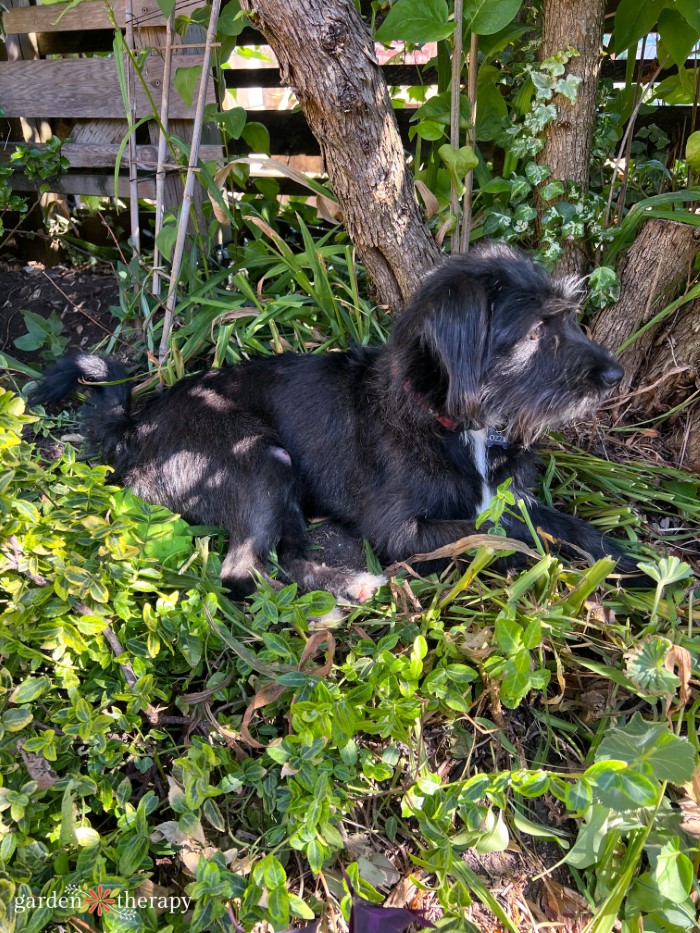

Are you on team leave the leaves? Let me know in the comments down below your plan when it comes to raking leaves this fall!
More Fall Garden Posts

